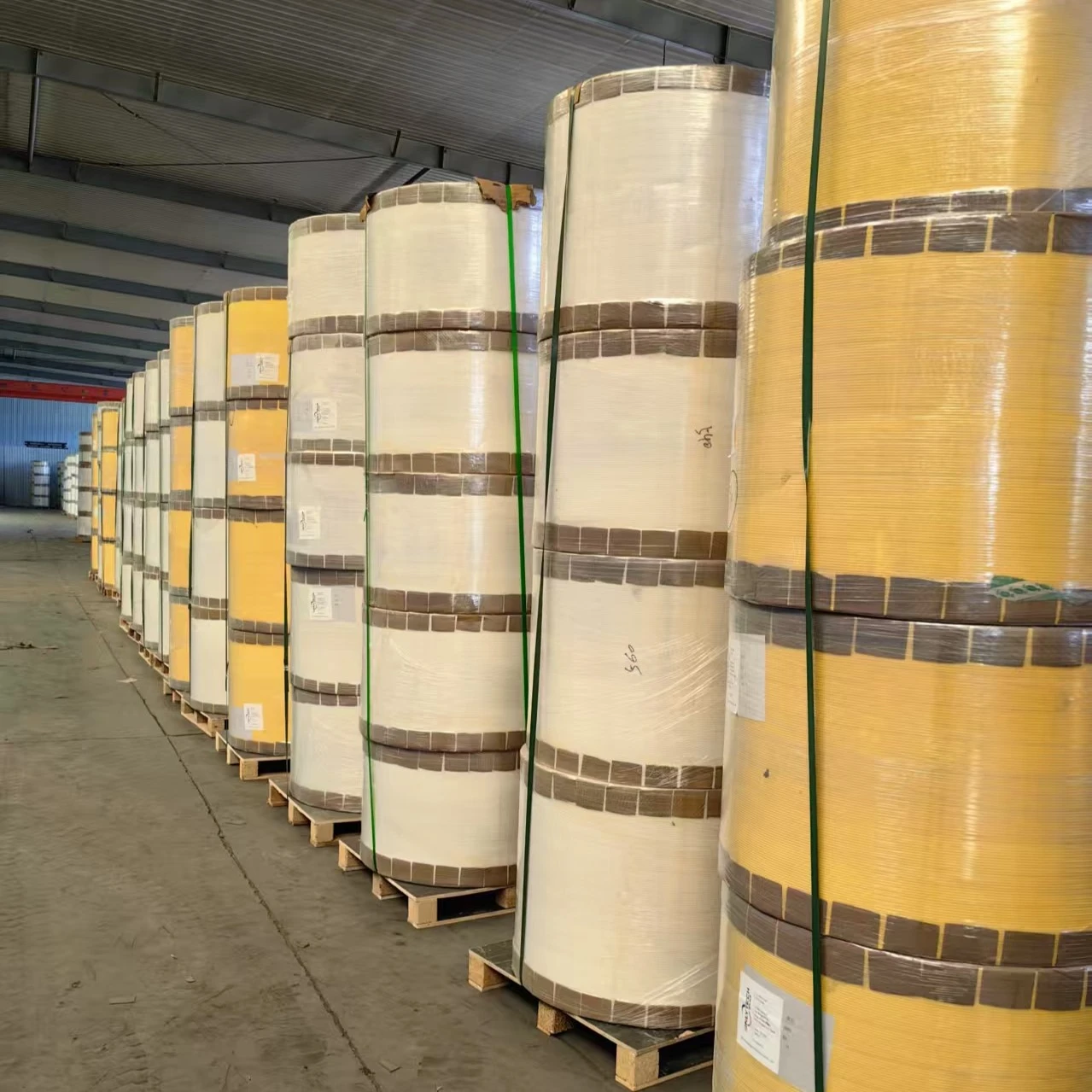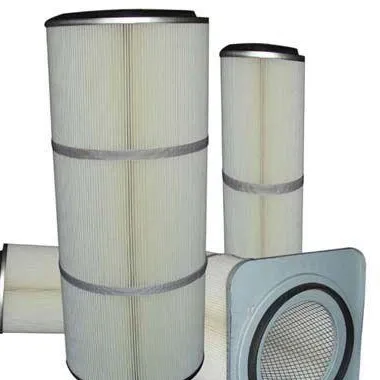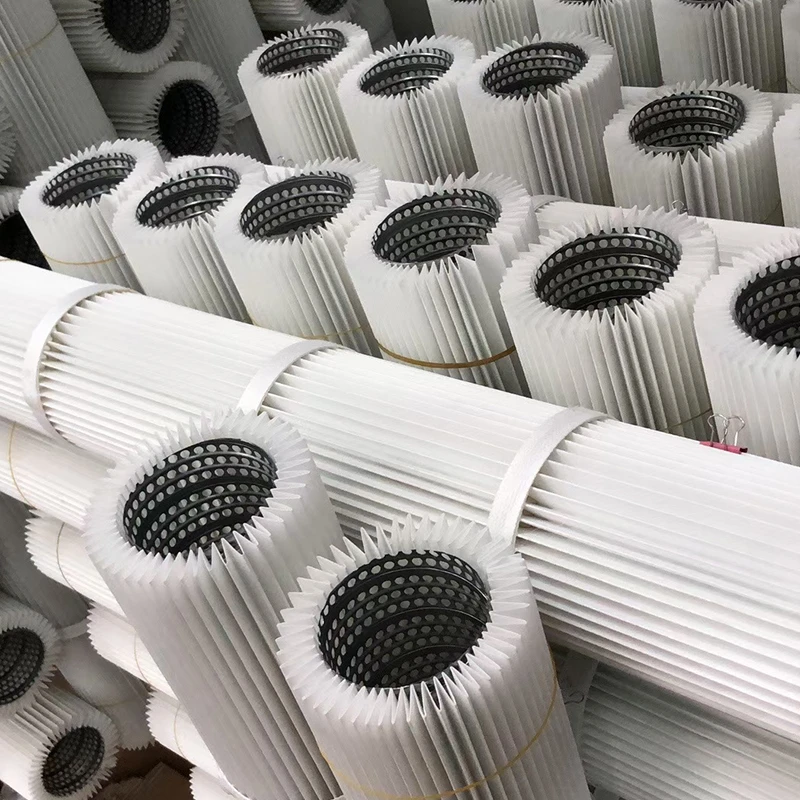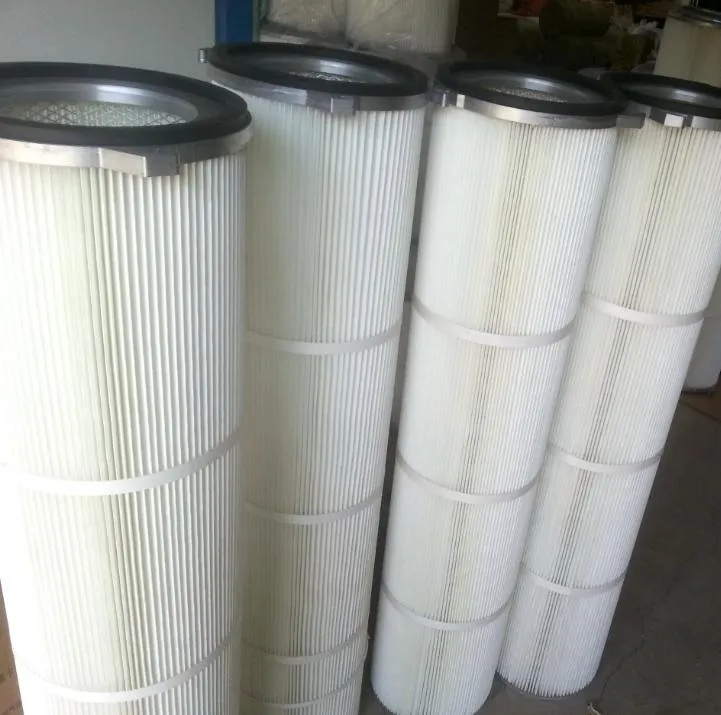 هاتف:
+8615930870079
هاتف:
+8615930870079
يونيو . 26, 2025 10:47 الرجوع للقائمة
Working principle of high-efficiency dust filter element
In modern industrial production and air purification, high-efficiency dust filter elements play a vital role. These seemingly simple filtering devices actually contain precise scientific principles and engineering technologies, and can effectively capture micron-level particle pollutants in the air.
The core working mechanism of dust filter elements is based on the principle of multi-layer filtration. When the airflow containing dust passes through the filter element, particles of different particle sizes are intercepted in a variety of ways. For larger particles (usually larger than 10 microns), the direct interception mechanism is mainly relied on. These particles are too large to pass through the gaps between the fibers, just like tennis balls cannot pass through the mesh and are blocked in the outer layer. Medium-sized particles (1-10 microns) are captured by inertial collision. Because the airflow constantly changes direction when passing through the tortuous fiber channel, the larger particles cannot follow the airflow due to inertia, so they hit and adhere to the fiber surface.
The most sophisticated is the capture of submicron particles (less than 1 micron), which relies on the synergistic effect of Brownian diffusion and electrostatic adsorption. Very fine particles make irregular Brownian motion in the air, greatly increasing the chance of contact with the fiber. The specially treated filter material carries an electrostatic charge and can attract charged particles like a magnet. Experimental data show that the filtration efficiency of high-quality filter elements for 0.3 micron particles can reach 99.97%, and this size is recognized as the most difficult to capture "most penetrating particle size".
The microstructure design of the filter material is the key to efficient filtration. Modern high-efficiency filter elements usually adopt a gradient density design, that is, the fiber arrangement gradually becomes denser from the outside to the inside. This structure can not only achieve deep filtration, but also reasonably distribute the dust holding capacity to avoid excessive clogging on the surface. For example, the outer layer of some high-end filter elements uses coarser fibers to intercept large particles, and the inner layer uses ultra-fine fiber nets to capture tiny particles. This graded filtration method significantly extends the service life of the filter element.
The coordination of the cleaning system is also crucial. Pulse jet cleaning technology releases compressed air instantly to make the filter fiber produce high-frequency vibration, which shakes off the dust attached to the surface without damaging the filter material structure. This periodic cleaning allows the filter element to maintain stable air permeability and filtration efficiency, and control the resistance within a reasonable range.
From the use of nanofibers to electrostatic enhancement technology, from multi-layer composite structures to intelligent dust removal systems, every detail of the high-efficiency dust removal filter element embodies the wisdom of material science and fluid dynamics. It is these precise working principles that enable modern industry to achieve environmental protection while achieving efficient production.
-
Nano Fiber Technology: Revolutionizing Cartridge Dust Collector FiltersأخبارAug.06,2025
-
How Activated Carbon Air Cartridges Eliminate OdorsأخبارAug.06,2025
-
Dust Filter Cartridge Handling Fine Particulate MatterأخبارAug.06,2025
-
Cartridge Dust Collector Filter for Welding Fume ExtractionأخبارAug.06,2025
-
Activated Carbon Filter Cartridge Effectiveness Against VOCsأخبارAug.06,2025
-
Activated Carbon Air Filter Cartridge Benefits ExplainedأخبارAug.06,2025

 بريد إلكتروني:
بريد إلكتروني:





